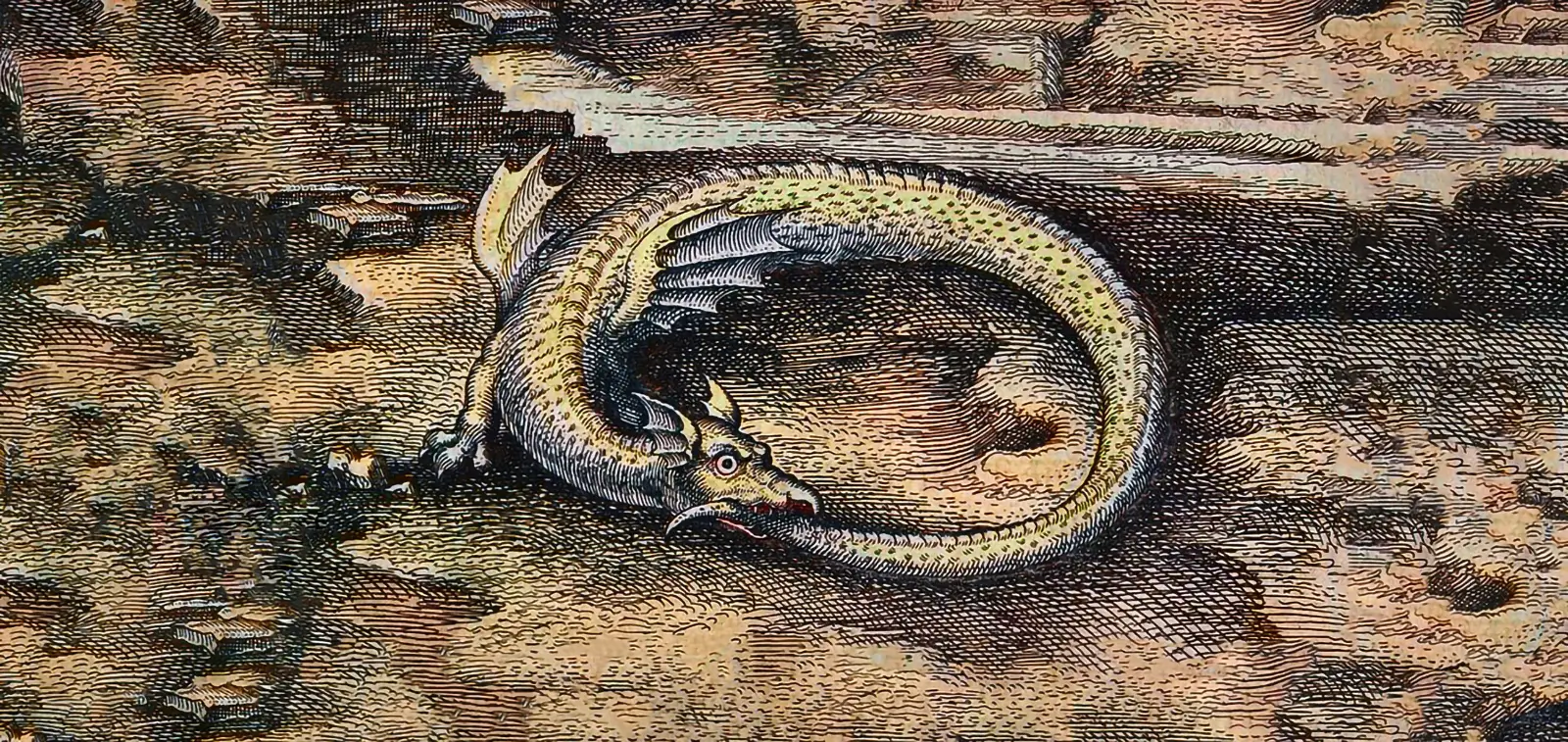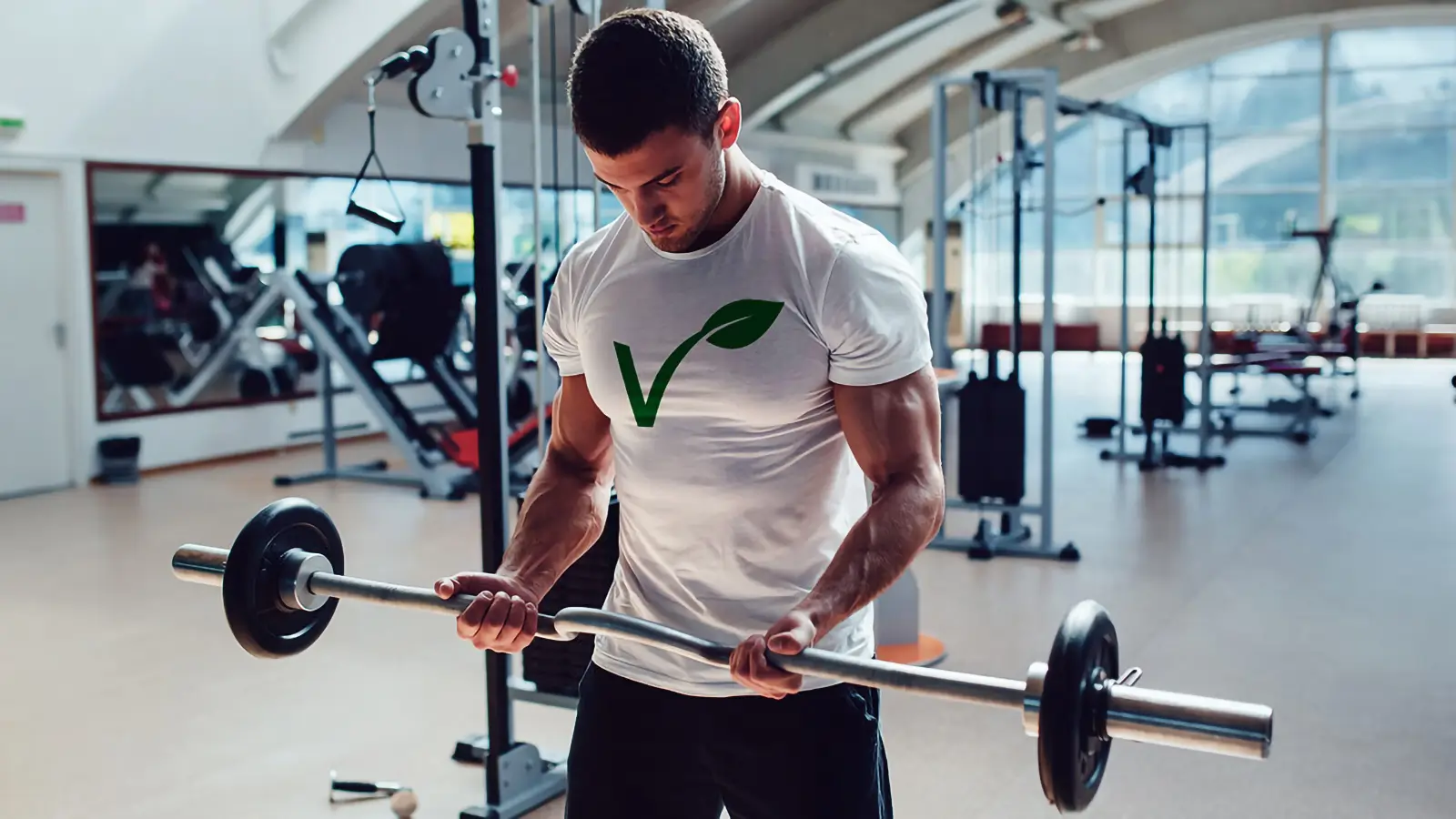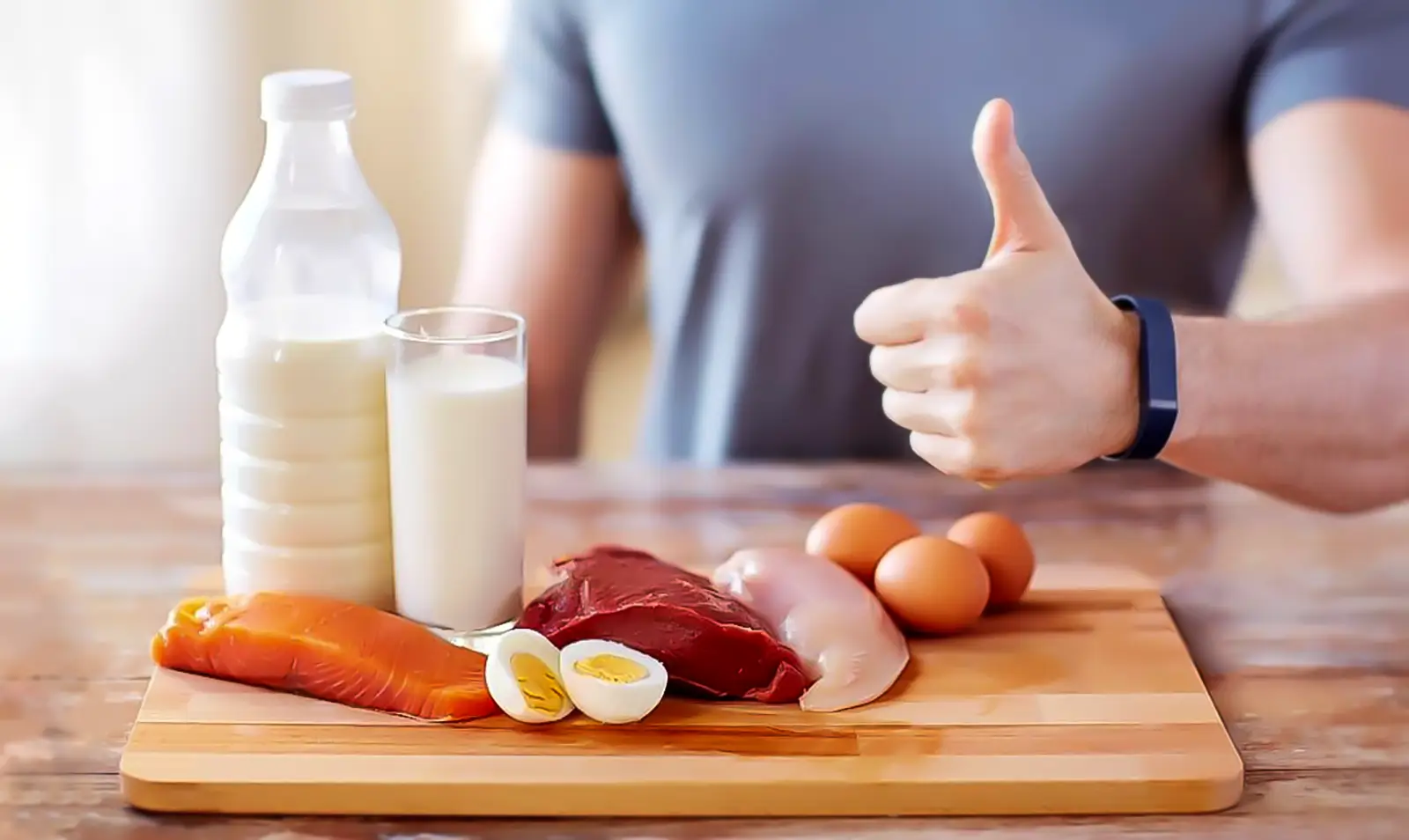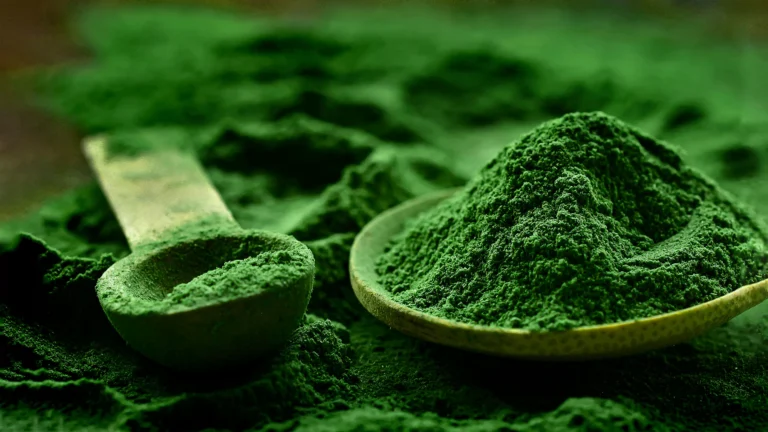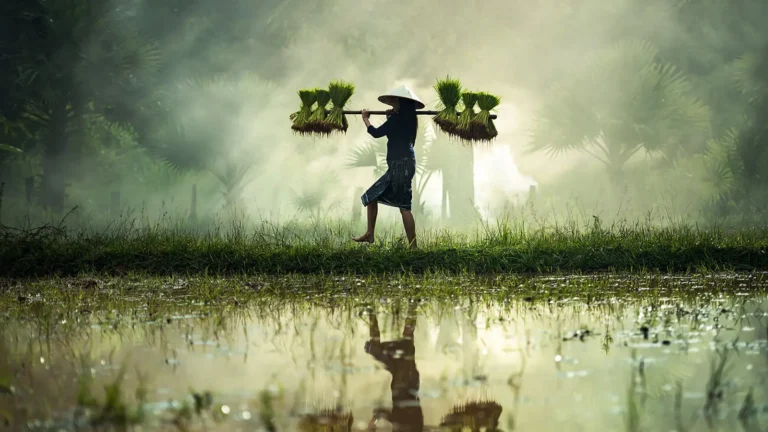Glycogen depletion- How not to exercise
What happens when we exercise or go on a restrictive diet? What is glycogen depletion and should we avoid it? Does glycogen depletion have any benefits?
Milos Pokimica
Written By: Milos Pokimica
Medically Reviewed by: Dr. Xiùying Wáng, M.D.
Updated May 29, 2023What happens when we exercise or go on a restrictive diet? What is glycogen depletion and should we avoid it? Does glycogen depletion have any benefits?
What happens to the body is that we go into fasting mode (not starving mode). It is a state that is completely different from starvation.
In the first stage, the body will burn readily available calories in the form of stored sugar glycogen. Same as fat our bodies have storage of ready-to-use sugar (glycogen) that is easily metabolized. It is quick energy that is available in an instant and unlike fat does not require any metabolic pathway. Our cells use glycogen directly.
Most of the sugar is stored primarily in the cells of the liver and the muscles, hydrated with water. When we start to burn more energy than we have available in the bloodstream our blood sugar level is going to drop. At the first stage as a countermeasure, our body is going to use an easily available source of stored energy or in other words stored glycogen. Because glycogen is hydrated with water inside the cells when we burn sugar water molecule is an excess or byproduct of metabolism. Because of that, we will lose some water weight in the first stage.
If you do not know this, you can be surprised when you go on a diet and lose water and be happy, to gain it all back after. Water loss released from glycogen and sodium is usually the culprit for dramatic first-week weight loss.
In the liver, glycogen reserves can build up to 5–6% of the organ’s flesh weight (100–120 grams in an adult). Muscles have a much lower concentration of glycogen, in the range of one to two percent of the total muscle mass.
The untrained individual holds typically about 400 grams of glycogen that is stored in the entire body, in both muscles and the liver. A trained professional athlete can hold double that amount. This amount of glycogen is enough to last for several hours of intensive exercise without replenishment.
When we train our body adapts, and the condition improves. Professional athletes also do something called carbohydrate loading after the exercises to force their bodies to adapt by increasing the storage capacity of intramuscular glycogen stores. There are some studies done on this. If we take caffeine or drink coffee glycogen stores tend to be replenished more rapidly.
Long-distance athletes often experience glycogen depletion. It is called “hitting the wall”. In professional sports, it has a powerful influence because after depleting sugar reserves, fatigue follows and sometimes to the point that it is difficult to move. This is the reason why you see athletes bonking. Bonking (Glycogen depletion) is not the state in which you are just feeling tired. Bonking is when your glycogen reserve stores get so low that your brain starts to run out of energy and then shuts your body down.
After the initial stage and metabolization of easily available reserves of glycogen, the liver will begin to break down fat and protein to form energy immediately. The problem is that this process takes time and until gluconeogenesis kicks in, an athlete may experience symptoms of hypoglycemia. If this happens, it will not be uncommon to see professional athletes collapse from extreme fatigue.

Hypoglycemia comes with dizziness, blurred vision, and hallucinations. Loss of consciousness may also occur under these conditions. The combined use of several different energy sources that allow extended high muscular power outputs that can be maintained for an extended period is a big deal in professional sports and research. Also, no we cannot go on a diet before the marathon to tap into gluconeogenesis and then run. Running a marathon using fat alone as a fuel source is not plausible. If we are able to metabolize fat at a higher rate then we would never become tired and could run indefinitely. The energy efficiency of fat metabolization, unfortunately, is not at that level.
Moreover, our body can only process a limited amount of carbohydrates per hour also, around 30-60 grams depending on individual efficiency. You probably won’t race a marathon, but it is essential to understand how the body works if you want to exercise, you can potentially do yourself damage, or don’t get the desired results.
In bodybuilding, it is a big deal also because catabolizing muscle mass for energy is not the desired course. After glycogen depletion from 16 hours to 72 hours, the body will lean heavily on amino acids and protein catabolism for energy creation. Amino acids will be used, and some of the muscle mass will be lost when going on a fast with or without exercise. We can try to minimize it, but some amino acids will be used for energy.
The loss of some of the tissue is not as bad as it sounds. It has an evolutional purpose and health benefits if done moderately. It is normal for all animals including humans to go into fasting mode periodically. Our bodies have adapted to fasting during evolution in the same way that we have adapted to physical activity. Moderate periodical fasting will help our body to clean its mutated and damaged precancerous cells in a process known as autophagy (self-eating). When there are two cells and one is damaged and one has to be destroyed for energy, the body will catabolize damaged cells first and thus clean itself in a sense. We will have a negative impact on our health if we do not incorporate exercise and fasting into our regular life.
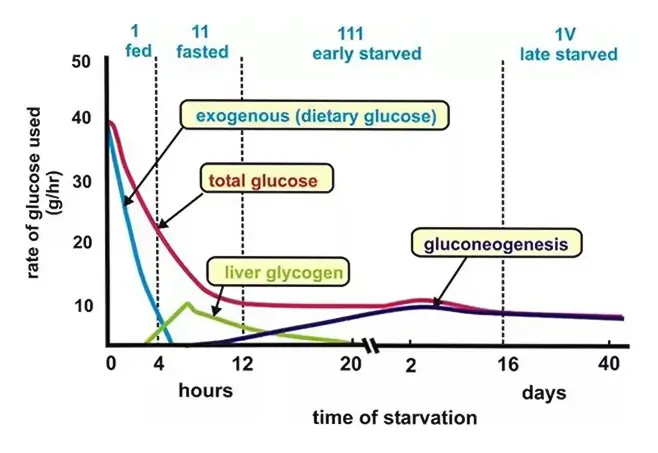
After this initial period, our metabolism will shift to ketosis where it gets almost all of its energy from ketone bodies from fat metabolism. The basal metabolic rate will drop also, or in other words, the use of energy will become more efficient. If you want to diet this is a state you would want to be in. A permanent caloric deficit in the amount that you can handle. Running a marathon or doing extensive exercise in a fast state might not be so beneficial because our brain will be left without food and will be forced to use our own muscle tissue for energy. This is not the desired outcome.

- Feeding – Insulin levels rise during meals. This allows glucose to be absorbed into tissues such as the muscle or brain and used directly for energy. Excess glucose is stored in the liver as glycogen.
- The post-absorptive phase occurs 6-24 hours after fasting begins. Insulin levels begin to drop. Glycogen breakdown produces glucose for energy. Glycogen stores last about 24 hours.
- Gluconeogenesis can take anywhere from 24 hours to 2 days. In a process known as “gluconeogenesis,” the liver creates new glucose from amino acids. This literally translates as “creating new glucose.” Glucose levels in non-diabetics fall but remain within the normal range.
- Ketosis – 2-3 days after fasting begins – The low insulin levels reached during fasting promote lipolysis or the breakdown of fat for energy. Triglycerides, the fat storage form, are composed of a glycerol backbone and three fatty acid chains. Glycerol is used in the process of gluconeogenesis. Many tissues in the body can use fatty acids directly for energy, but not the brain. Ketone bodies, which can cross the blood-brain barrier, are synthesized from fatty acids and used by the brain. Ketones provide approximately 75% of the energy used by the brain after four days of fasting. The two major types of ketones produced are beta-hydroxybutyrate and acetoacetate, both of which can increase by more than 70 percent during fasting.
- Protein conservation phase. High levels of growth hormone help to keep muscle mass and lean tissues in check. The energy required to maintain basal metabolism is almost entirely supplied by free fatty acids and ketones. Increased norepinephrine (adrenaline) levels prevent the metabolic rate from decreasing.
The human body has well-developed mechanisms for dealing with hunger. In essence, what we are describing here is the process of transitioning from burning glucose to burning fat. That is it. Fat is simply stored food energy in the body. When there is a scarcity of food, stored food is naturally released to fill the void. So, no, the body does not ‘burn muscle’ to feed itself until all fat stores are depleted. There will be some catabolism at acceptable levels if you don’t have diabetes. In situations where there is hypoglycemia for survival, our body will burn everything to preserve brain cells from dying. If you don’t have hypoglycemia then no the body will not burn muscle but fat.
We can last for a period of 2.5 to 3 months just drinking water depending on how much fat we have to begin with. If we have large amounts of fat, we can last much longer, but nutrient deficiencies will occur. Because of this reason low-calorie nutrient-dense, whole fiber-rich food is a base for every diet.
A good example of this is a man named Angus Barbieri, who water fasted for an entire year under medical supervision study (Stewart et. al, 1973). He was given vitamin supplements only. No calories, no protein.
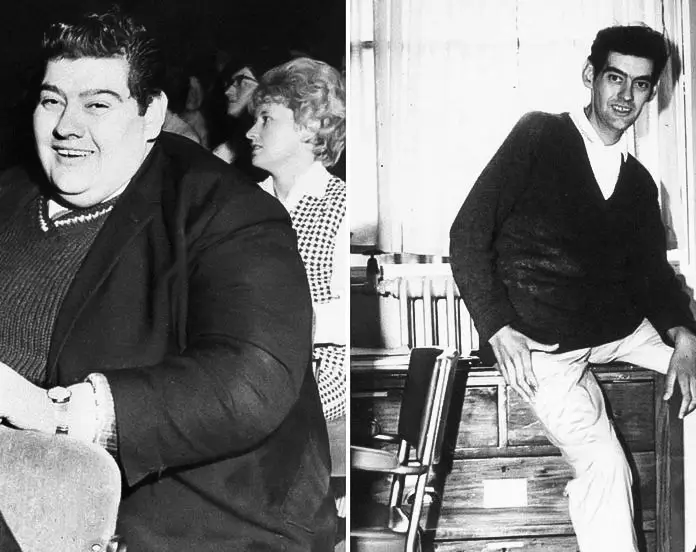
References:
- Murray, B., & Rosenbloom, C. (2018). Fundamentals of glycogen metabolism for coaches and athletes. Nutrition reviews, 76(4), 243–259. https://doi.org/10.1093/nutrit/nuy001
- Impey, S. G., Hearris, M. A., Hammond, K. M., Bartlett, J. W., Louis, J., Close, G. L., & Morton, J. P. (2018). Fuel for the Work Required: A Theoretical Framework for Carbohydrate Periodization and the Glycogen Threshold Hypothesis. Sports Medicine, 48(5), 1031–1048. https://doi.org/10.1007/s40279-018-0867-7
- Stewart, W. K., & Fleming, L. W. (1973). Features of a successful therapeutic fast of 382 days’ duration. Postgraduate medical journal, 49(569), 203–209. https://doi.org/10.1136/pgmj.49.569.203
Related Posts
Do you have any questions about nutrition and health?
I would love to hear from you and answer them in my next post. I appreciate your input and opinion and I look forward to hearing from you soon. I also invite you to follow us on Facebook, Instagram, and Pinterest for more diet, nutrition, and health content. You can leave a comment there and connect with other health enthusiasts, share your tips and experiences, and get support and encouragement from our team and community.
I hope that this post was informative and enjoyable for you and that you are prepared to apply the insights you learned. If you found this post helpful, please share it with your friends and family who might also benefit from it. You never know who might need some guidance and support on their health journey.
– You Might Also Like –

Learn About Nutrition
Milos Pokimica is a doctor of natural medicine, clinical nutritionist, medical health and nutrition writer, and nutritional science advisor. Author of the book series Go Vegan? Review of Science, he also operates the natural health website GoVeganWay.com
Medical Disclaimer
GoVeganWay.com brings you reviews of the latest nutrition and health-related research. The information provided represents the personal opinion of the author and is not intended nor implied to be a substitute for professional medical advice, diagnosis, or treatment. The information provided is for informational purposes only and is not intended to serve as a substitute for the consultation, diagnosis, and/or medical treatment of a qualified physician or healthcare provider.NEVER DISREGARD PROFESSIONAL MEDICAL ADVICE OR DELAY SEEKING MEDICAL TREATMENT BECAUSE OF SOMETHING YOU HAVE READ ON OR ACCESSED THROUGH GoVeganWay.com
NEVER APPLY ANY LIFESTYLE CHANGES OR ANY CHANGES AT ALL AS A CONSEQUENCE OF SOMETHING YOU HAVE READ IN GoVeganWay.com BEFORE CONSULTING LICENCED MEDICAL PRACTITIONER.
In the event of a medical emergency, call a doctor or 911 immediately. GoVeganWay.com does not recommend or endorse any specific groups, organizations, tests, physicians, products, procedures, opinions, or other information that may be mentioned inside.
Editor Picks –
Milos Pokimica is a health and nutrition writer and nutritional science advisor. Author of the book series Go Vegan? Review of Science, he also operates the natural health website GoVeganWay.com
Latest Articles –
Top Health News — ScienceDaily
- Type 2 diabetes physically changes the human heart, study findson January 4, 2026
Type 2 diabetes doesn’t just raise the risk of heart disease—it physically reshapes the heart itself. Researchers studying donated human hearts found that diabetes disrupts how heart cells produce energy, weakens the muscle’s structure, and triggers a buildup of stiff, fibrous tissue that makes it harder for the heart to pump. These changes are especially severe in people with ischemic heart disease, the most common cause of heart failure.
- Scientists found a way to help aging guts heal themselveson January 4, 2026
Researchers have discovered a way to help aging intestines heal themselves using CAR T-cell therapy. By targeting senescent cells that build up over time, the treatment boosted gut regeneration, reduced inflammation, and improved nutrient absorption in mice. It even helped protect the intestine from radiation damage, with benefits lasting up to a year. Early results in human intestinal cells suggest the approach could one day improve gut health in older adults and cancer patients.
- A weak body clock may be an early warning for dementiaon January 4, 2026
Your daily rhythm may matter more for brain health than previously thought. Older adults with weaker, more disrupted activity patterns were far more likely to develop dementia than those with steady routines. A later daily energy peak was also linked to higher risk. The study points to the body clock as a possible early warning sign for cognitive decline.
- The hidden timing system that shapes how you thinkon January 3, 2026
The brain constantly blends split-second reactions with slower, more thoughtful processing, and new research shows how it pulls this off. Scientists discovered that brain regions operate on different internal clocks and rely on white matter connections to share information across these timescales. The way this timing is organized affects how efficiently the brain switches between activity patterns tied to behavior. Differences in this system may help explain why people vary in cognitive ability.
- Scientists tested intermittent fasting without eating less and found no metabolic benefiton January 3, 2026
Time-restricted eating has been widely promoted as a simple way to boost metabolic health, but new research paints a more complicated picture. When calorie intake stayed the same, an eight-hour eating window did not improve insulin sensitivity or cardiovascular markers. What did change was the body’s internal clock, which shifted based on meal timing and altered sleep patterns. The results suggest calorie reduction, not the eating window itself, may be the real driver of health benefits.
- Age does not stop nerve healing after spinal cord injuryon January 3, 2026
As spinal cord injuries increasingly affect older adults, new research reveals a surprising pattern in recovery. The study shows that aging does not appear to slow the healing of nerves themselves, with older patients regaining strength and sensation at rates similar to younger people. However, age makes a clear difference in how well people recover everyday abilities like walking, mobility, and self-care.
- New antibiotic pill shows promise against drug-resistant gonorrheaon January 3, 2026
A one-dose oral drug called zoliflodacin has proven highly effective against gonorrhoea in a major international trial. The pill matched the success of current treatments while avoiding injections and complex dosing. As antibiotic resistance spreads, this new option could make treatment simpler and more accessible worldwide. Approval could mark a major step forward in controlling a stubborn global STI.
PubMed, #vegan-diet –
- Vegetarian Dietary Patterns for Adults: A Position Paper of the Academy of Nutrition and Dieteticson December 31, 2025
It is the position of the Academy of Nutrition and Dietetics that, in adults, appropriately planned vegetarian and vegan dietary patterns can be nutritionally adequate and can offer long-term health benefits such as improving several health outcomes associated with cardiometabolic diseases. Vegetarian dietary patterns exclude meat, poultry, and seafood, and vegan dietary patterns exclude all foods of animal origin. Registered dietitian nutritionists (RDNs) and nutrition and dietetics…
- Impact of alpha-linolenic acid supplementation on long-chain n-3 fatty acid profiles in Western, flexitarian, vegetarian, and vegan dietson December 31, 2025
CONCLUSION: In conclusion, flaxseed oil supplementation combined with a controlled diet effectively improves n-3 LCPUFA status irrespective of habitual diet. The extent of relative improvement was primarily determined by baseline EPA concentrations.
- Academy of Nutrition and Dietetics’ Vegetarian Position Paper Mistakenly Links Vegetarian and Vegan Diets with Vitamin D Deficiencyon December 31, 2025
No abstract
- The effect of a vegan diet with or without resistance exercise on thigh muscle volume in older adults. Research protocol of the Vold-study: a 12-week randomized controlled trialon December 26, 2025
BACKGROUND: Plant-based diets are increasingly adopted. Plant-based foods exhibit a lower protein quantity and quality compared to animal-based foods. As such, a fully plant-based, i.e. vegan, diet may be suboptimal for the maintenance of skeletal muscle mass later in life. The primary objectives of this study protocol are therefore: (1) To assess the effect of a 12-week self-composed vegan diet in comparison to an omnivorous diet on thigh muscle volume in community-dwelling older adults; and…
- Comparing diet-related attitudes, perceptions, and behaviors of vegan and omnivorous adults: results from a cross-sectional survey study in Germanyon December 22, 2025
CONCLUSION: The findings are consistent with and build on existing research on cognitive and behavioral patterns related to a vegan diet, while at the same time yielding some additional insights. In particular, the results on significant differences in the risk-benefit perception of a vegan diet, as well as on motivations and influences regarding the decision to follow a vegan diet provide an important basis for the development of public health interventions and a foundation for further […]
Random Posts –
Featured Posts –
Latest from PubMed, #plant-based diet –
- Adjunctive nutritional intervention improves glycaemia and quality of life in dapagliflozin-treated diabetic patientsby Yifan Liu on January 3, 2026
CONCLUSION: Adjunctive nutritional intervention significantly enhances the glycaemic, renal, nutritional and quality-of-life benefits of dapagliflozin in patients with DN, offering a promising integrated therapeutic strategy.
- Effects of incrementally increased plant-based protein intake on gut microbiota and inflammatory-metabolic biomarkers in healthy adultsby Samira Prado on January 2, 2026
Shifting to a plant-based diet naturally alters protein source choices. In many countries, protein from yellow pea is widely used as a main ingredient in meat alternatives. Still, its biological effects, especially regarding gastrointestinal health, remain incompletely understood. The aim of our study was to investigate how a weekly increase in the intake of a well-characterized pea protein isolate affects surrogate markers of health, fecal short-chain fatty acids and gut microbiota […]
- Uric acid levels mediate the association between four dietary indices and kidney stones in US adults: A cross-sectional study of NHANES 2007-2018by Jinlong Cao on January 2, 2026
CONCLUSION: Healthy dietary patterns are associated with a reduced risk of kidney stones, partially mediated by uric acid levels.
- Nutritional Assessment of Pesticide-associated Metabolic Stress in Plant-based Dietsby Ramona Alina Tomuța on January 2, 2026
CONCLUSION: These findings suggest that chronic dietary pesticide exposure – even at regulatory-compliant levels – may produce a consistent metabolomic signature, particularly when at least five different pesticide, herbicide, or fungicide residues are simultaneously detected, highlighting the potential for cumulative biological effects characterized by oxidative stress, detoxification pathway strain, gut microbiome disruption, and mitochondrial impairment. This underscores the need for…
- The impact of diet and gut microbiota on development, treatment, and prognosis in prostate cancerby Guanmo Liu on January 1, 2026
Prostate cancer (PCa) progression is driven by a complex interplay of factors, including genetics, lifestyle, and environmental influences. Diet and gut microbiota have emerged as pivotal cancer development and treatment response modulators. This review delves into the intricate relationship between dietary modifications and gut microbiota, and their combined impact on PCa progression. Diets abundant in plant-based foods, fiber, and prebiotics promote beneficial gut microbiota profiles that…
- Adherence to healthy dietary patterns and risk of premature aging in adult survivors of childhood cancer in the St. Jude Lifetime Cohort Studyby Tuo Lan on January 1, 2026
CONCLUSION: Adherence to a healthy diet may contribute to reducing the premature aging risk in adult survivors of childhood cancer. Interventions that support healthy eating in this population could potentially have benefits for long-term health outcomes.




